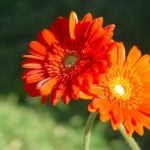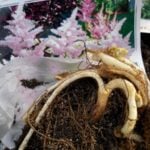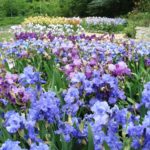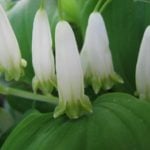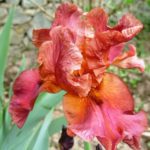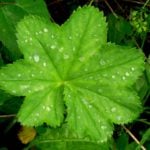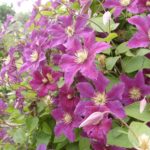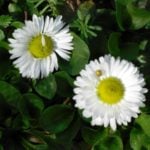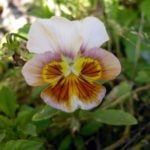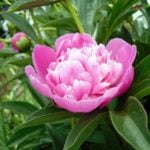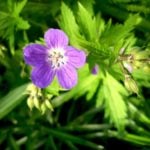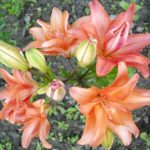For a long time elegant beauty astilba has become a classic plant of modern flower beds, and it can be found in almost any garden. There are few gardeners who are astilbes complete indifference. And this is not surprising, because the elegant plant has a lot of advantages: it is unpretentious, winter-hardy, durable, perfectly matches with most other colors, practically does not get sick, easily tolerates transplantation and division even in a blooming form, and garden pests just try to get around it.
Perhaps its only whim inherited from wild relatives is abundant watering, especially in hot and dry weather. Under natural conditions, Astilba prefer to settle on moist banks of streams in deciduous forests. Therefore, it is recommended to plant in shady and semi-shaded areas of the garden, where humidity persists longer. But the Sunny place, provided abundant irrigation for astilba is suitable, especially since modern varieties and hybrids are much more adapted for open spaces, where the color of their inflorescences of different color becomes even richer and brighter.
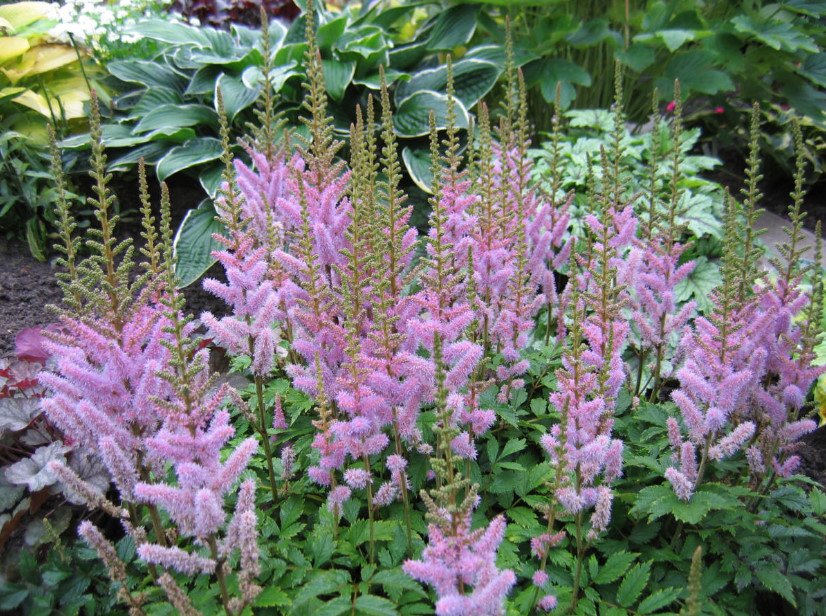
In order to create maximum decorative and profusely flowering plant you need to complete some simple conditions. Plant in loose organic-rich loam or sandy loam garden soil with the addition of complex mineral fertilizers, annually in the spring or late fall to mulch liberally has grown up bushes Astilba well-rotted manure, compost or peat and do not forget to feed 3-4 times during the season, fertilizer for flowering perennials.
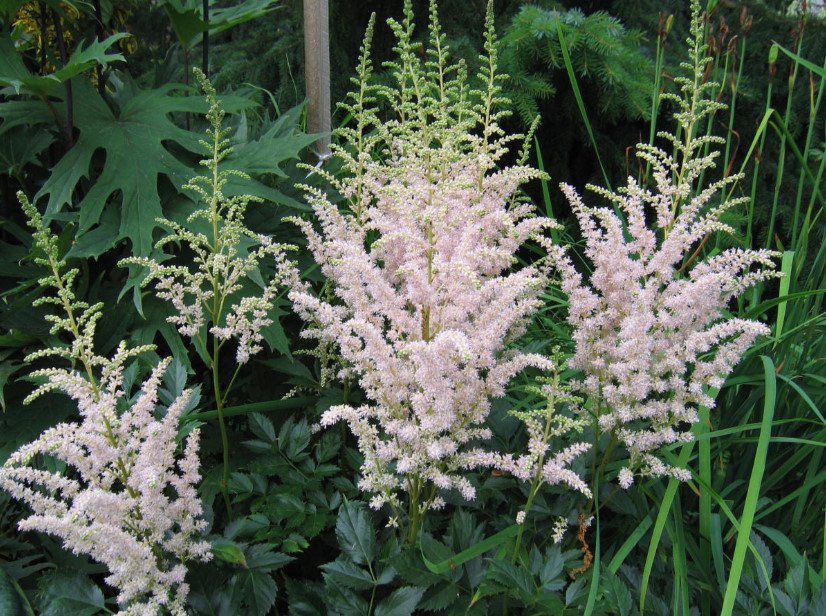
From my experience I want to add that the abundance of annual flowering also depends on the timely removal of faded stems. Astilba refers to perennials in which each renewal escape passes a two-year development cycle. In the first year of vegetation, the replacement kidneys develop only a rosette of leaves, which appears after the maternal shoot fades, on the lower part of which they sit. And only the next year from the apical kidney, located inside the outlet, should develop a peduncle.
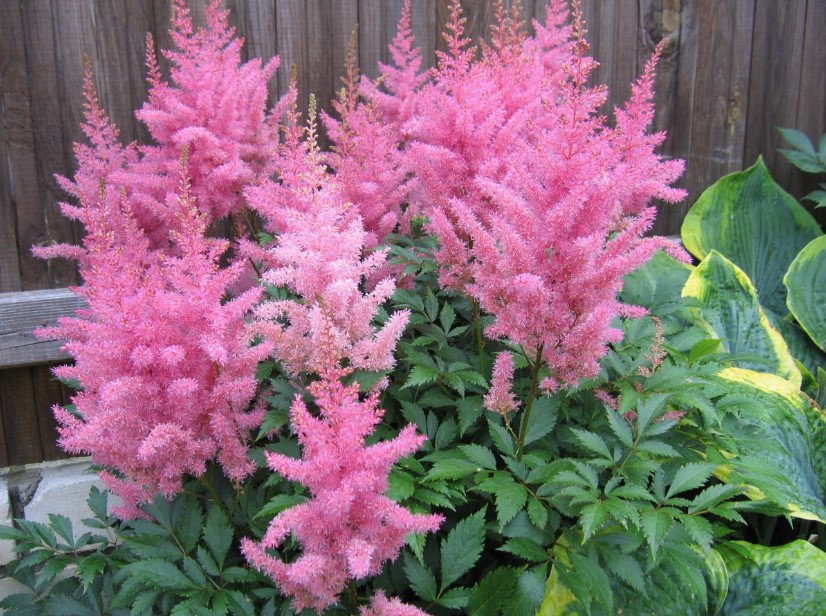
The development and appearance of young rosettes is inhibited if the flowering stems spend time and effort on tying seeds. On the contrary, the timely removal of fading arrows stimulates the laying of full flower buds in the developing new rosettes, which, growing, also pleasantly transform the bushes of plants until late autumn. Therefore, as soon as the panicles of astilba begin to drill and lose decorative, safely remove them, giving the plant a long-awaited rest after the festive fireworks flowering.
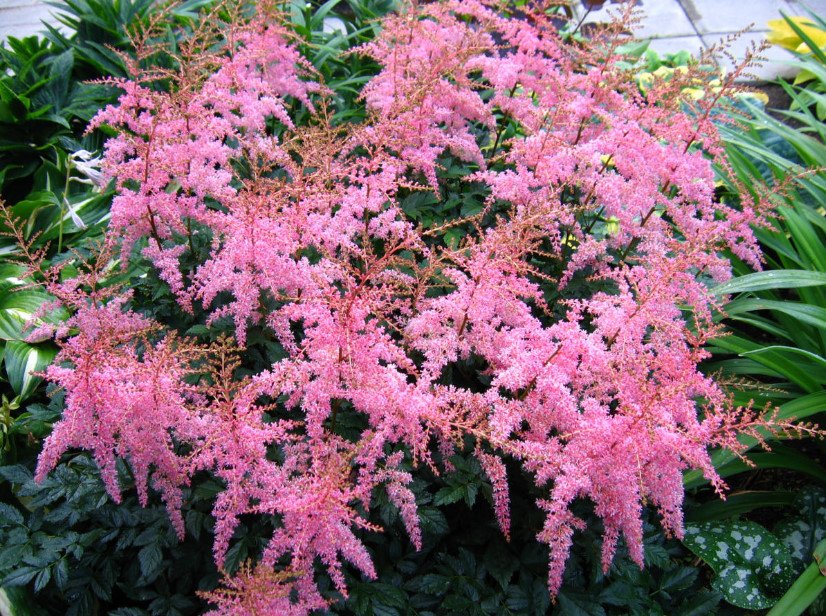
Modern abundance of excellent varieties widens the application range Astilba, and she will be the brightest in every flower in the garden. For example, miniature and dwarf varieties, flaunting funny little panicles-inflorescences, such as ‘Perkeo’, ‘Dagalet’, ‘Liliput’, ‘Peter Pan’, ‘Sprite’, ‘Pumila’ in addition, and its filigree cut leathery foliage emphasize the nobility of picturesque patterned or old mossy stones in rockery.
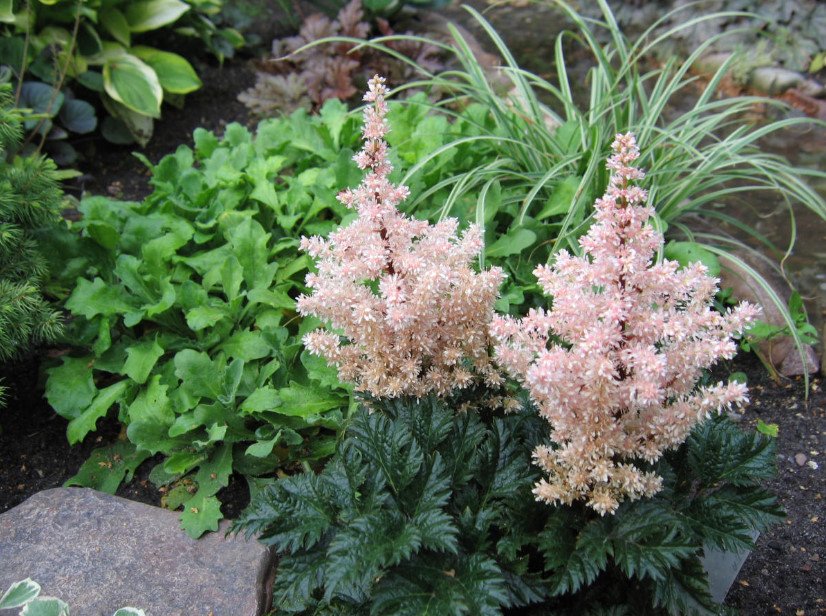
And curbs of compact growing cultivars astilbe of the groups A. arendsii, A. japonica, A. simplicifolia, and A. thunbergii in the flower gardens of the regular style not only decorative during flowering. Until late autumn, the bushes with graceful pinnately dissected leaves perfectly keep the appropriate strict form and never fall apart.
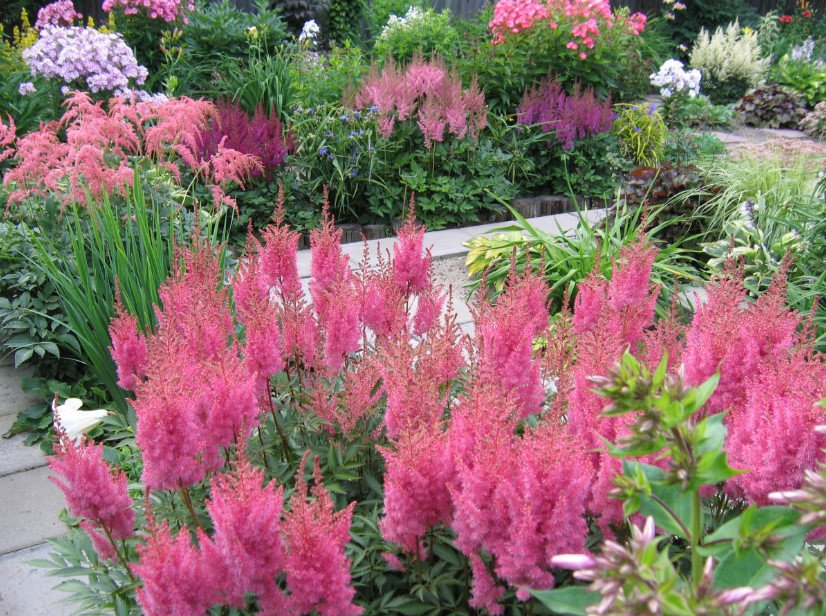
In mixborders astilby serve as excellent partners for many other popular garden cultures. On flower beds astilba can be a solo plant or successfully play the role of a secondary element or background for other flowers of the front flower garden, while not losing its majestic expressiveness.

In a group of landscape compositions varieties of Astilba with flaming colors — such as ‘Fanal’, ‘Etna’, ‘Glut’, ‘Spinell’, ‘Montgomery’, ‘Red Sentinel’ can serve as a bright accent and erupted like a fire to attract admiring glances.
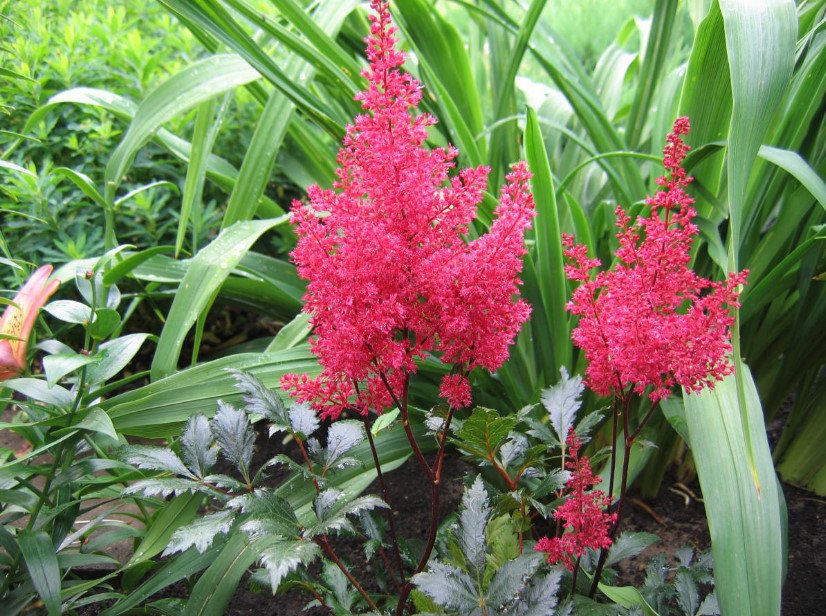
Few and therefore such popular varieties as ‘Straussenfeder’, ‘Avalanche’, ‘Brautschleier’, ‘ Prof. Van der Wielen’, ‘Moerheimii’, ‘Flamingo’, ‘Pink Lighting’ with delicate delicately drooping inflorescences will give the flower beds romance and lightness, creating the illusion of a pink waterfall at sunset, then strewn with heavy snow winter branches of trees.
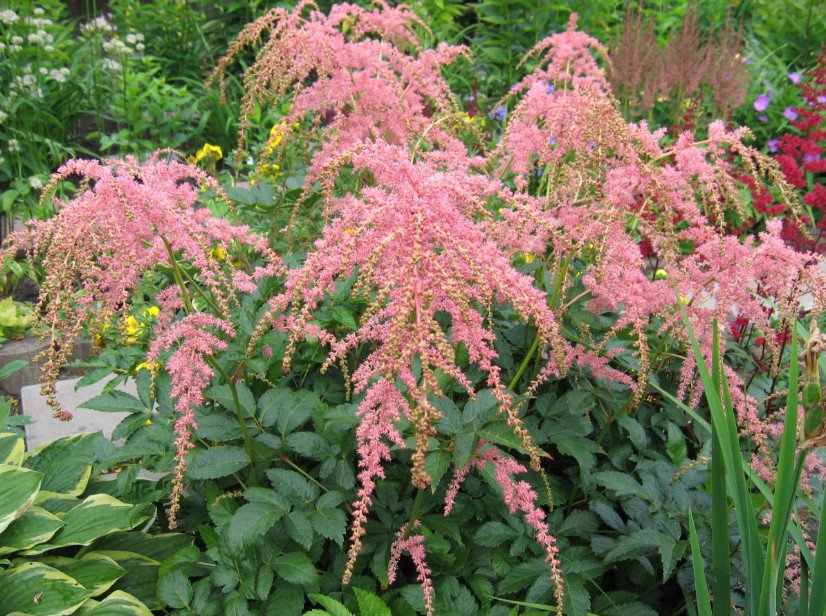
Even in the front gardens, which invariably reigns variegated and elegant country style, be sure to find a place for Astilba with a variety of colored inflorescences — such as ‘Amethyst’, ‘Bremen’, ‘Gloria’, ‘Finale’, ‘Lollipop’, ‘Catleya’, ‘Snowdrift’, ‘Superba’, ‘Purpurkerze’, ‘Visions’ and many other wonderful varieties.
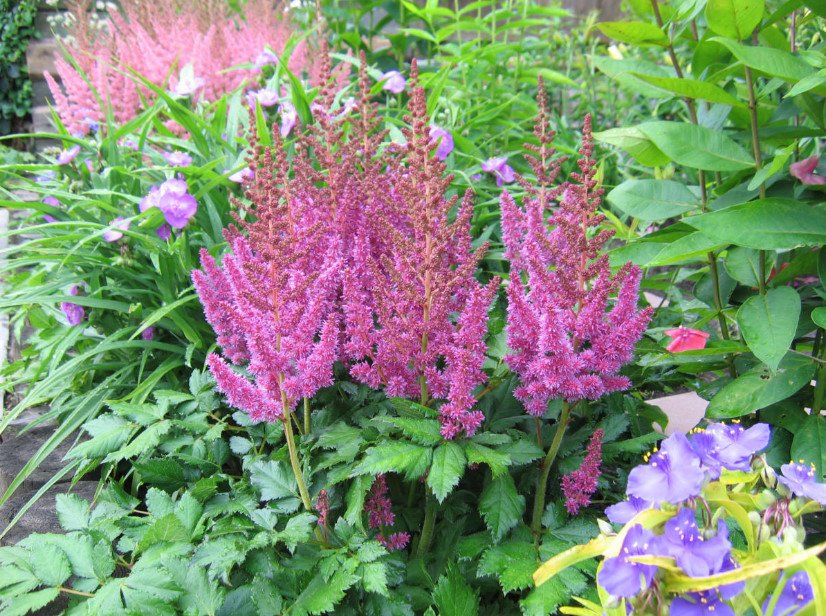
They can, depending on their characteristics, quickly enough to grow vast meadows, drowning annoying weeds, or compact and unobtrusive to coexist with other flowers for many years, taking only their allotted space. And, of course, traditionally grow Astilba in shady flower beds, where they illuminate the nooks of the garden with colorful fireworks of fluffy inflorescences, and near the pond, where Astilba will bring an element of peace of mind, whimsically reflected in the dark water.



